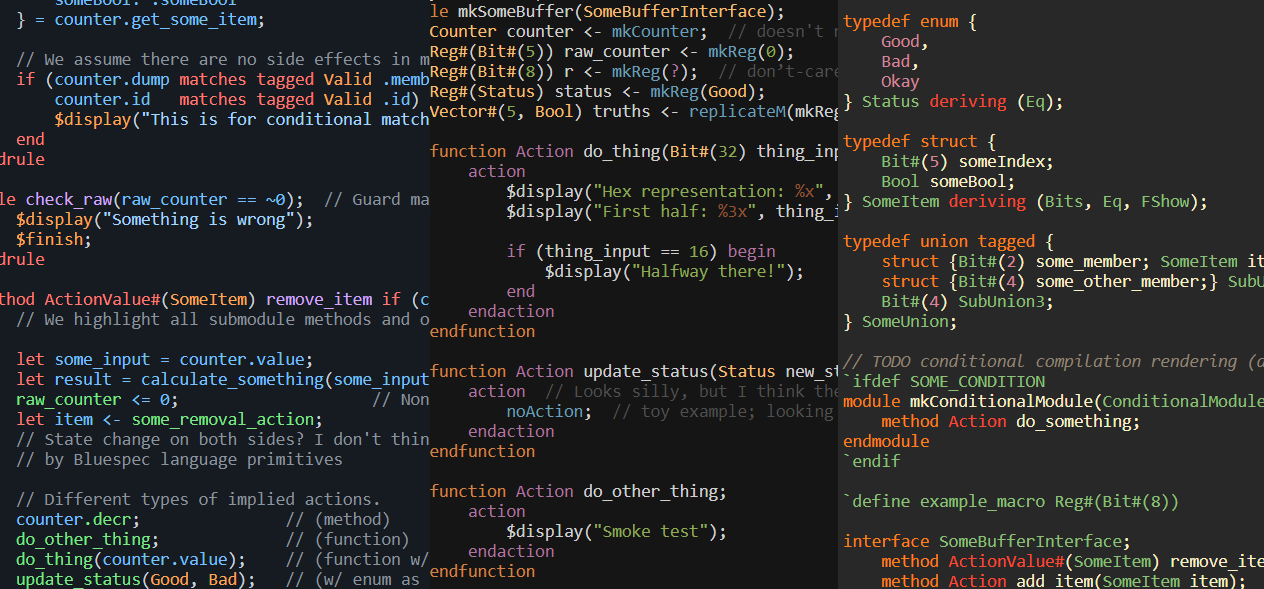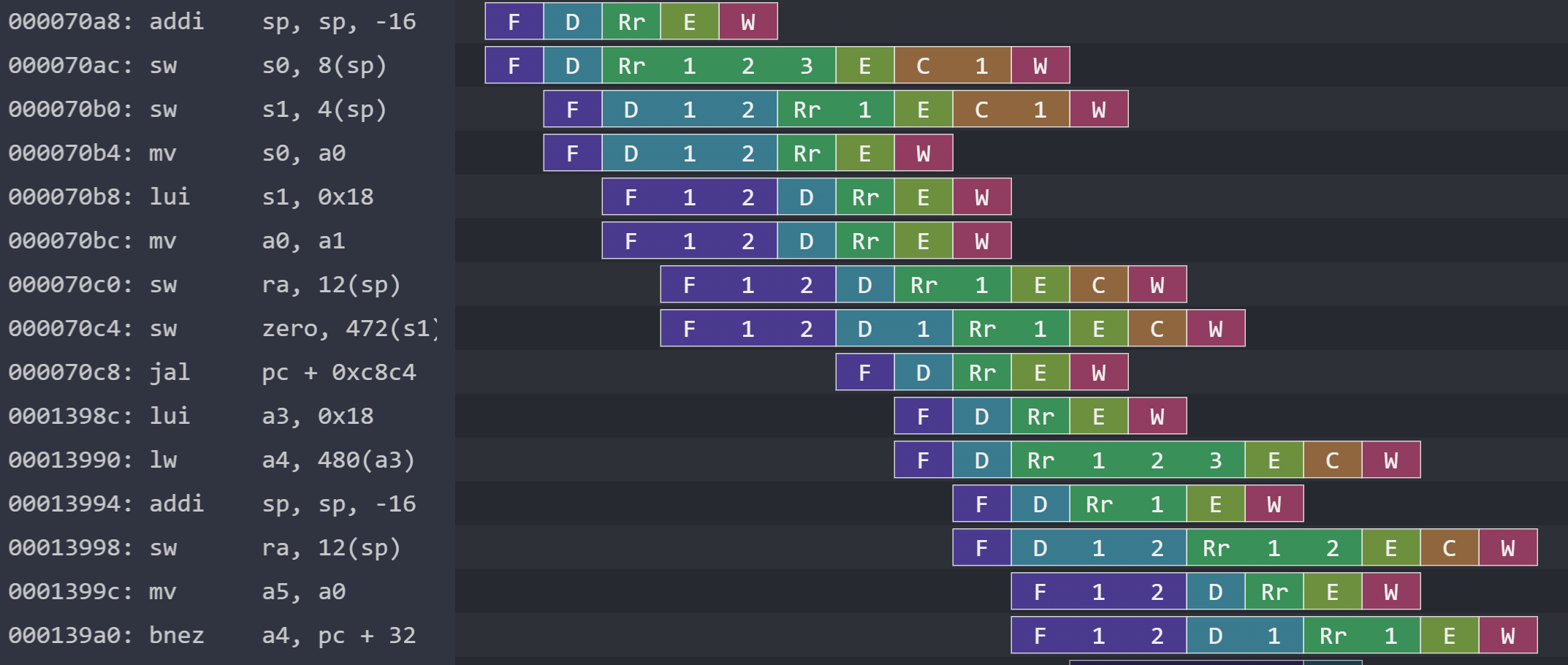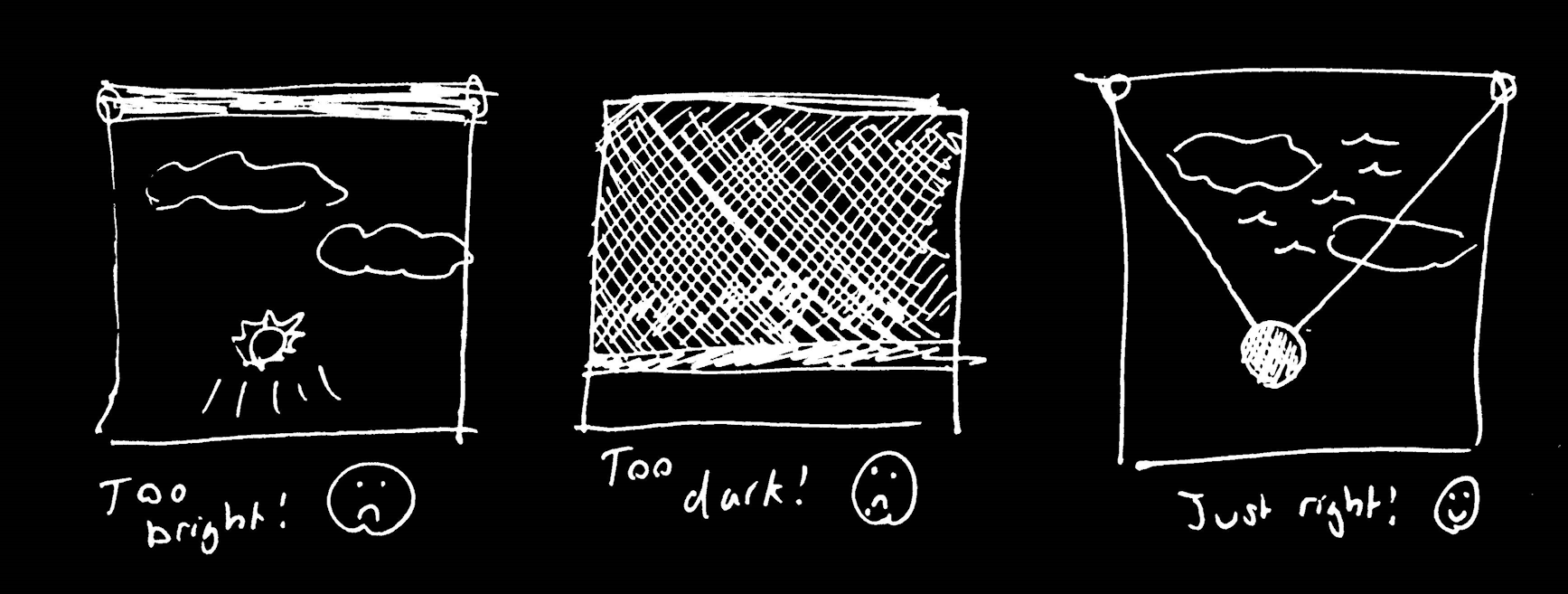Projects
Bluespec Extension for VS Code (September 2023)
I wrote an extension for Visual Studio Code to implement high-quality syntax highlighting for Bluespec on par with that of mainstream languages. I use this extension to write Bluespec in VS Code, and I’ve published it to the VS Code extensions Marketplace for others in research, education, and industry to use.

Bluespec Lexer (September 2023)
I wrote a comprehensive lexer for Bluespec SystemVerilog on Rouge, the syntax highlighting engine for Jekyll. My lexer can distinguish between state-changing and purely functional expressions, and it can process even the most complex Bluespec. I use this lexer to render Bluespec excerpts on my website.

github.dark, base16.dark, and gruv_box.dark.Superscalar Processor (July 2023)
I wrote a superscalar pipelined processor in Bluespec SystemVerilog (BSV) during Summer 2023 as a continuation of a class project. It features some limited out-of-order processing, a small branch predictor, and some cache improvements. I also wrote some Python and Bash scripts for automated testing and benchmarking.

Mini-Eclipse (Jan 2023)
I designed and built a 2D cable robot using C++ on Arduino to control a window shade that moves with the Sun. I also wrote a modest parser and scheduler to issue commands to the system. Before building, I simulated the system using Python.
